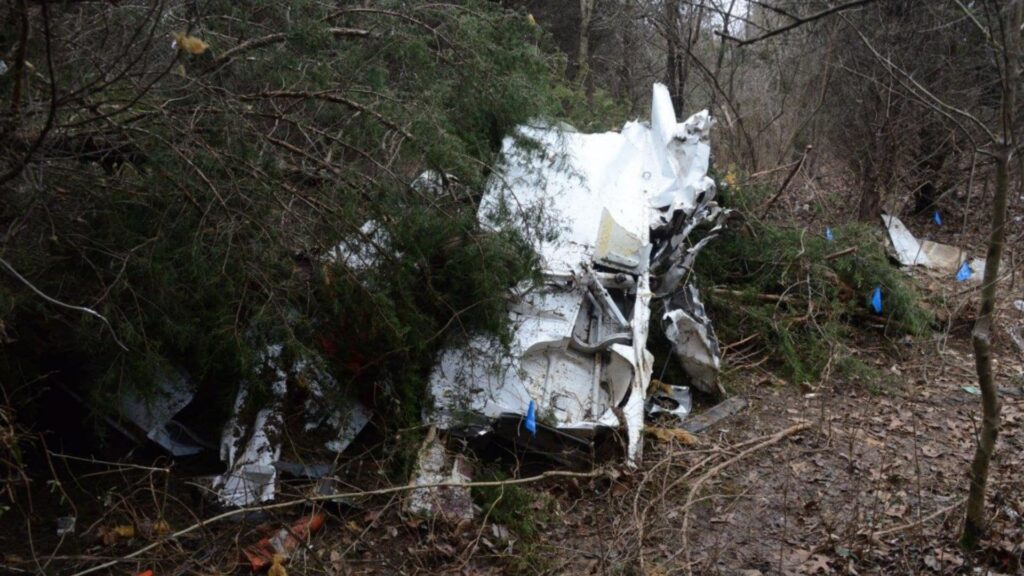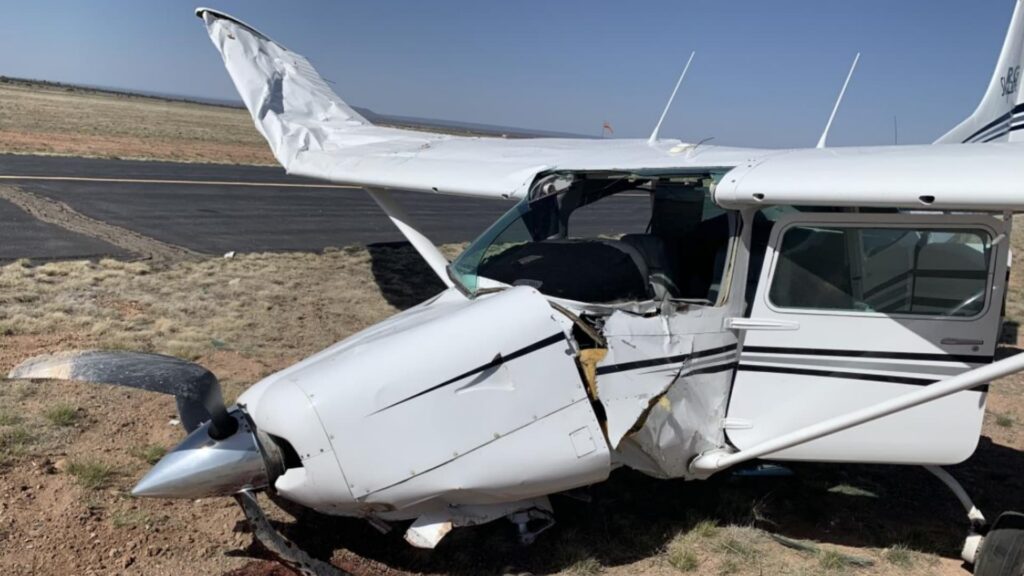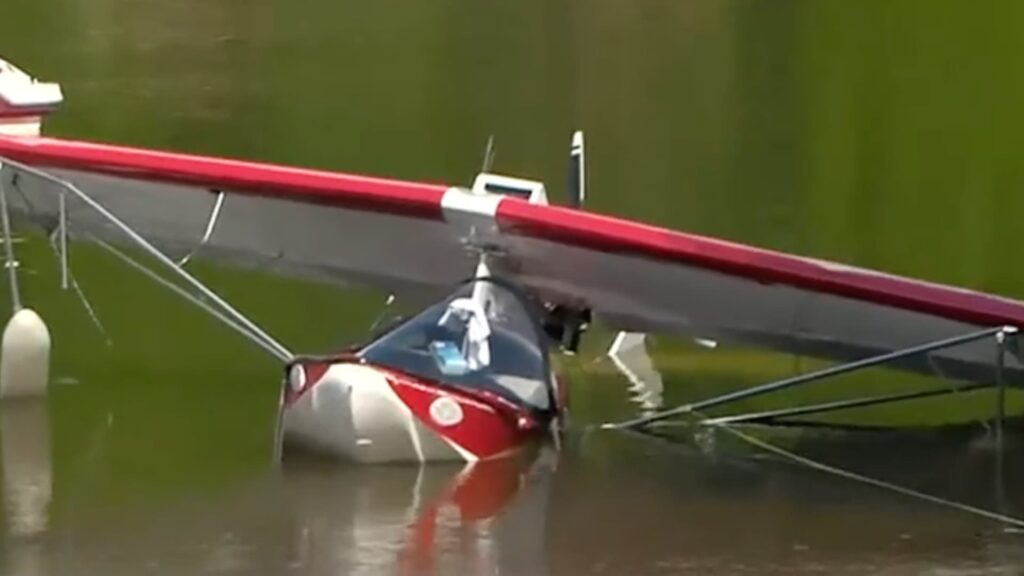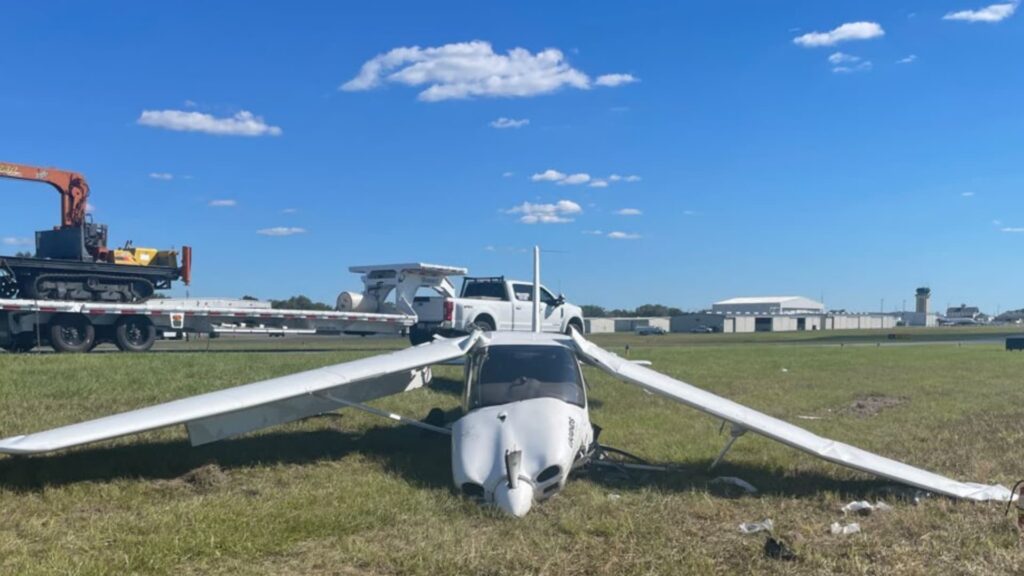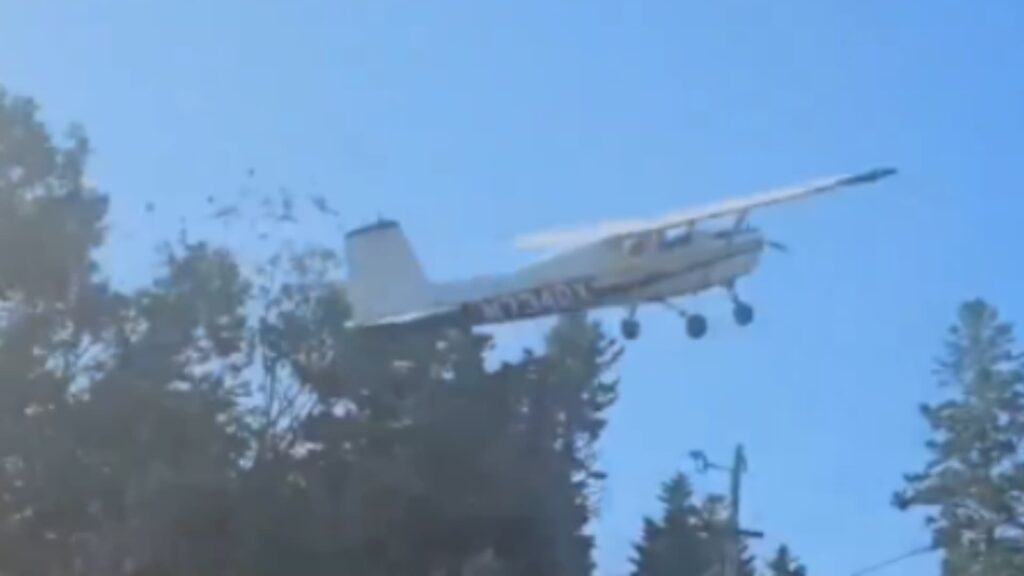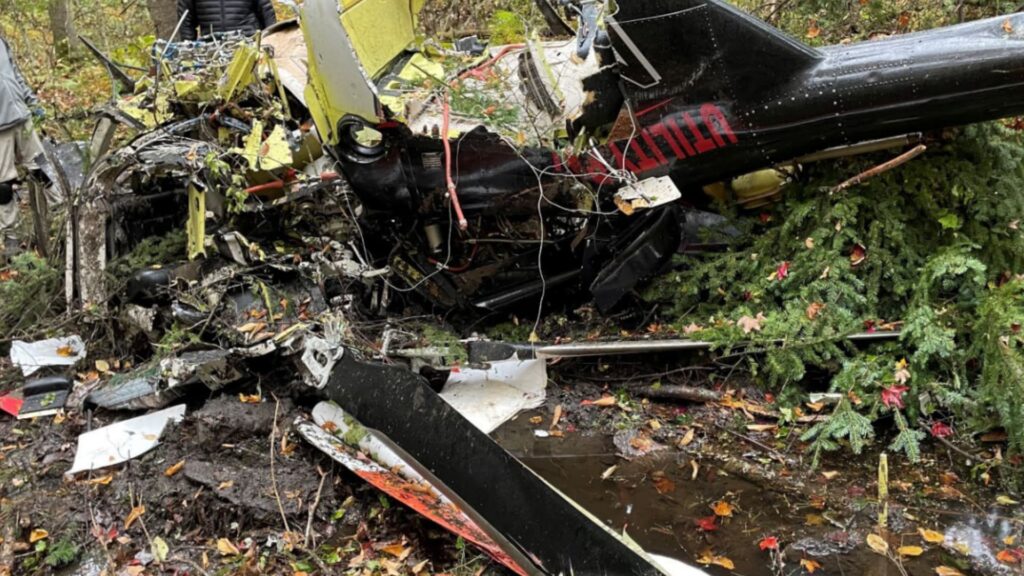A New Year’s Eve Journey Turns Fatal
On the last day of 2016, a 34-year-old commercial pilot departed Pella Municipal Airport in Iowa, bound for Nashville, Tennessee, with three passengers on board a 1969 Piper PA-28R-200 Arrow. It was supposed to be a cross-country journey to ring in the new year. But by the time darkness settled over southern Illinois, the trip ended in tragedy in the woods near Vienna. All four souls aboard perished when the aircraft impacted trees after descending from above a solid overcast layer in instrument meteorological conditions (IMC).
The Pilot
The pilot held a commercial certificate with a single-engine land rating. However, he was not instrument-rated. His logbook reflected approximately 360.7 total hours of flight experience, including just 13.7 hours of simulated instrument time—and none in actual IMC. He also had only 18.9 hours logged at night. Though current for day VFR flight, his qualifications did not match the demands of flying through or around low clouds in the dark.
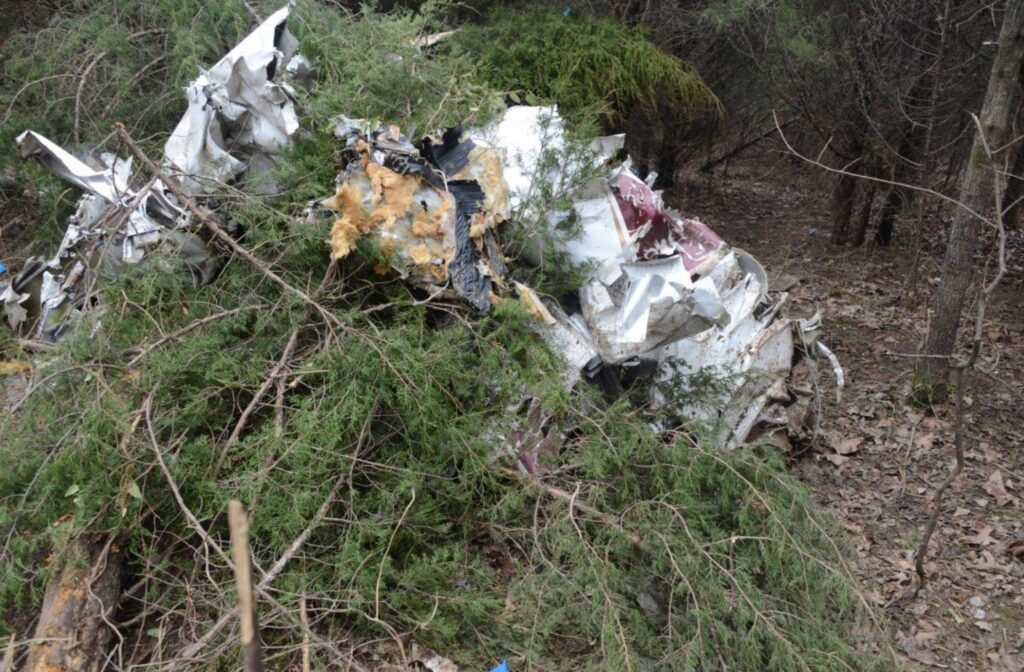
No Flight Plan, No Weather Briefing
The flight was conducted under Part 91 with no flight plan filed. The NTSB found no evidence the pilot obtained a formal weather briefing from services like ForeFlight or Flight Service. While he did enter routing information into ForeFlight mid-flight, there’s no record he checked any weather imagery.
Photos recovered from a passenger’s phone show the plane flying above a solid overcast cloud layer late in the afternoon. By sunset at 4:48 p.m. local time, they were already over Illinois. Civil twilight ended at 5:17 p.m., and the moon offered only a faint crescent—leaving the night nearly pitch black.
Descending Into Darkness
At around 5:40 p.m., a witness near the accident site heard the aircraft flying “very low” and noted the engine’s RPM fluctuated. He described the night as “dark” and the engine sound as abnormal. Moments later, he heard a loud crash and called 9-1-1.
Searchers were led to the wreckage by the strong smell of aviation fuel. The aircraft had impacted trees on a descending, straight path of about 150 feet. The propeller showed “S”-shaped bending, consistent with power being produced at impact. There was no fire or explosion—just a shattered plane in the woods, its journey violently halted.
Weather Below Minimums
The aircraft’s descent through the overcast occurred during IFR conditions. The closest weather stations reported overcast ceilings of 500 to 700 feet above ground level (AGL) around the time of the crash. Visibility was 10 miles, but the low ceiling created dangerous conditions for any VFR-only pilot.
Cloud-top analysis from satellite data placed the overcast layer at about 5,000 feet. The aircraft was flying above this layer, and investigators could not determine how or why the pilot descended through it. The report emphasized the darkness and low ceiling as key decision-making hazards.
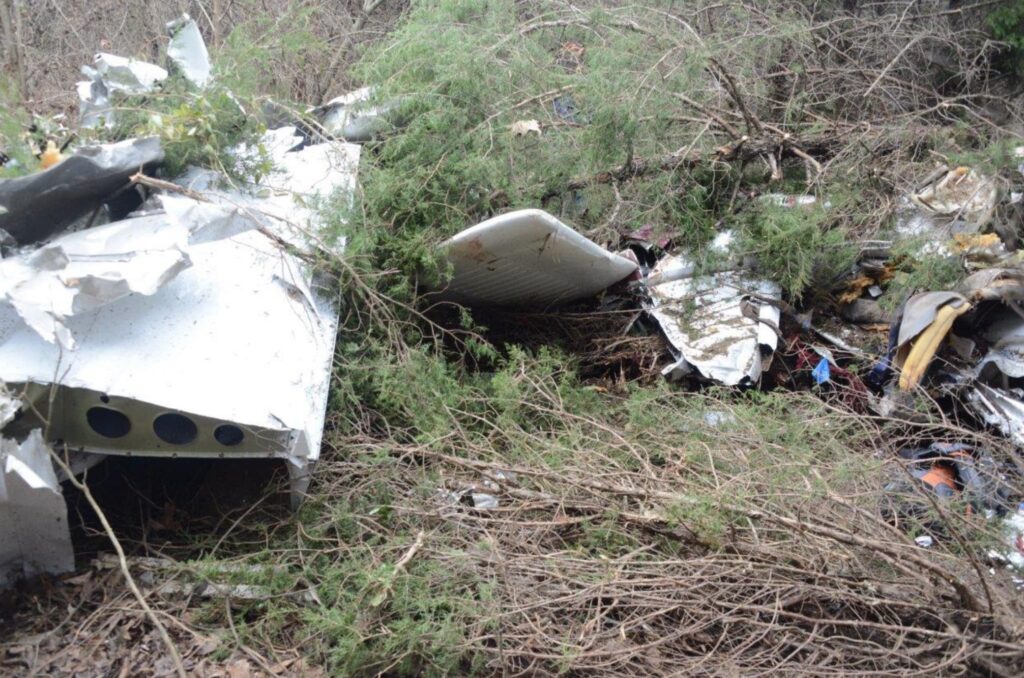
Aircraft Condition and Impact
The Piper Arrow had recently passed an annual inspection and appeared to be in airworthy condition at the time of departure. The post-crash investigation revealed no pre-impact mechanical anomalies. The engine was making power, and the flight controls were connected as expected before breaking on impact.
The aircraft struck trees in a nearly level descent. All damage was consistent with controlled flight into terrain (CFIT), with no indication of an in-flight emergency or mechanical failure.
Lessons in Judgment and Weather Awareness
This tragic accident underscores the dangers of flying VFR into IMC, especially at night. While the pilot may have been comfortable cruising above the clouds during the day, descending through an overcast layer with no visual reference and no instrument training turned out to be a fatal misjudgment.
The NTSB cited “the non-instrument rated pilot’s decision to descend through an overcast layer during dark night conditions” as the probable cause. It’s a chilling reminder that even experienced pilots—this one held a commercial license—can make fatal errors when flying into conditions that exceed their ratings and recent experience.
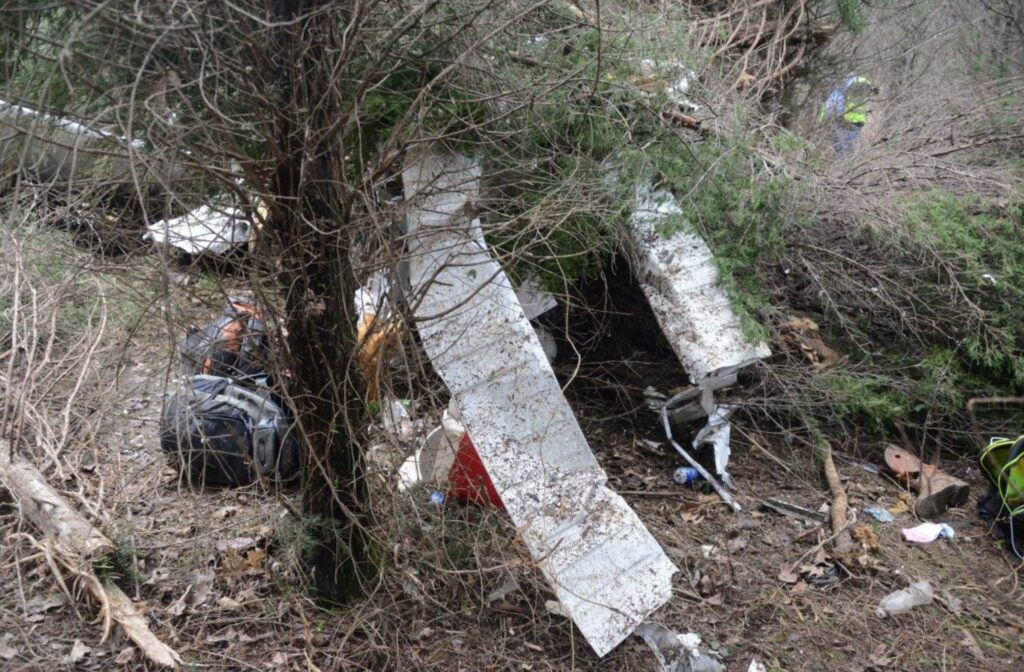
Key Takeaways:
- VFR into IMC is one of the most persistent killers in general aviation. Despite 360+ hours of experience, this pilot was unequipped for what lay below the clouds.
- Night flying adds an extra layer of risk. Even with visual conditions, night flights can mask terrain and deteriorate spatial awareness.
- Get the full weather picture—before and during your flight. Formal briefings, graphical forecasts, and cockpit weather tools exist to prevent surprises.
- This pilot had no flight time in actual IMC and only limited simulated experience.
- CFIT remains a top cause of fatal crashes. Terrain doesn’t discriminate.
The Piper Arrow is a capable aircraft, but no machine can outfly the limitations of its pilot. This story is not just about a crash—it’s about how small decisions cascade into irreversible outcomes. The darkness, the clouds, the lack of preparation—it all added up, minute by minute, until there was nowhere left to go and four people died as a result.

